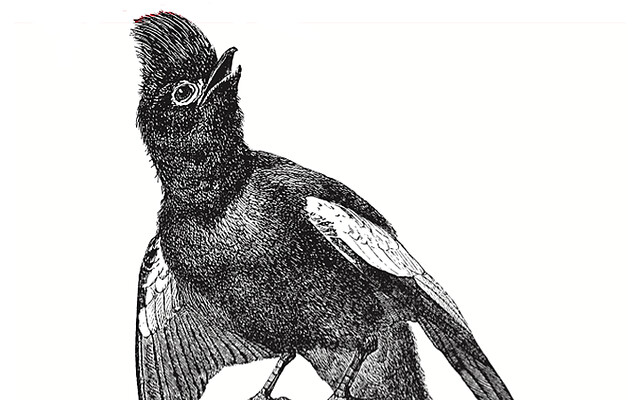The Asian paradise flycatcher (Terpsiphone paradisi) is a medium-sized passerine bird native to Asia. Males have elongated central tail feathers, and in some populations a black and rufous plumage while others have white plumage. Females are short-tailed with rufous wings and a black head. They feed on insects, which they capture in the air often below a densely canopied tree.
With an extremely large range and a large population that appears to be stable, they have been evaluated as Least Concern by IUCN since 2004.[1]
In his first description of 1758, Carl von Linné nominated the species Corvus paradisi.[2] Paradise-flycatchers used to be classified with the Old World flycatcher family Muscicapidae, but are now placed in the family Monarchidaetogether with monarch flycatchers.[3][4]
Adult Asian paradise flycatchers are 19–22 cm (7.5–8.7 in) long. Their heads are glossy black with a black crown and crest, their black bill round and sturdy, their eyes black. Female are rufous on the back with a greyish throat and underparts. Their wings are 86–92 mm (3.4–3.6 in) long. Young males look very much like females but have a black throat and blue-ringed eyes. As adults they develop up to 24 cm (9.4 in) long tail feathers with two central tail feathers growing up to 30 cm (12 in) long drooping streamers.
Young males are rufous and have short tails. They acquire long tails in their second or third year. Adult males are either predominantly bright rufous above or predominantly white. Some specimens show some degree of intermediacy between rufous and white. Long-tailed rufous birds are generally devoid of shaft streaks on the wing and tail feathers, while in white birds the shaft streaks, and sometimes the edges of the wing and tail feathers are black.[5]
(From Wikipedia, February 2015)




